.
.
Great Encounters
Book excerpts that chronicle famous encounters among twentieth-century cultural icons
When Miles Davis hired John Coltrane…
.
.
Excerpted from
A Love Supreme
The Story of John Coltrane’s Signature Album
by Ashley Kahn
.
Miles Davis was desperate. He was in the midst of preparing for his first national tour arranged by a high-powered booking agent, and Columbia Records — the most prestigious and financially generous record company around — was looking over his shoulder, checking on him. “If you can get and keep a group together, I will record that group,” George Avakian, Columbia’s top jazz man, had promised. To Miles, an alumnus of Charlie Parker’s groundbreaking bebop quintet, “group” still meant a rhythm trio plus two horn players, but he still had only one: himself.
The summer of 1955 had been good for the trumpeter. He was clean and strong, six months after kicking a narcotics habit he described as a “four year horror show.” His popular comeback had been hailed when, unannounced, he had walked onto the Newport Jazz Festival stage in July and wowed a coterie of America’s top critics with a laconic, muted solo on “‘Round Midnight.” And he already had the foundation of his dream quintet firmly in place: Texas-born Red Garland on piano, young Paul Chambers from Detroit on bass, and the explosive Philly Joe Jones on drums.
But Sonny Rollins had disappeared. Miles’s chosen tenorman — blessed with a free-flowing horn style and dexterous rhythm — had long been threatening to leave town. Rollins, it later turned out, had checked himself into a barred-window facility in Kentucky to kick his own drug addiction. Davis had to find a replacement — and soon.
A number of possibilities topped the list: Julian “Cannonball” Adderley, the new alto sensation from Tampa, was one. Sun Ra’s accomplished tenorman John Gilmore was another. But the former had to return to Florida to complete a teaching contract, and the latter simply “didn’t fit in,” as Miles remembered. “His sound wasn’t what I heard for the band.” With time running out, he turned to his drummer and recruiting specialist, Philly Joe, who mentioned his home buddy John Coltrane.
Coltrane was not unknown to Davis. As early as 1946, Miles had been impressed by an acetate of an impromptu bebop session recorded during the saxophonist’s Naval Reserve tour of duty. They had met a year later, according to Coltrane. His subsequent tenure in Dizzy Gillespie’s big band led the two to their first appearance together in New York. In his autobiography, Davis recalled with glee a memorable matchup he orchestrated in 1952. “I used Sonny Rollins and Coltrane on tenors at a gig I had at the Audobon Ballroom Sonny was awesome that night, scared the shit out of Trane.”
Coltrane agreed to audition with the group and came to New York. Miles was not expecting much, but the saxophonist surprised him. “I could hear how Trane had gotten a whole lot better than he was on that night Sonny set his ears and ass on fire,” Davis recalled.
Miles heard a sound that, though still developing, was singular and uncommon. Almost all tenor players at that point in time blew under the spell of two massively influential pioneers: the brash, highly rhythmic Coleman Hawkins, or the breathy, understated Lester Young. Even the much-heralded playing of Dexter Gordon — Coltrane’s early model — vacillated between those two stylistic poles. But Coltrane was searching for something original, and that quest had become part of his sound. He repeated phrases as if wringing every possibility out of note combinations. He was determined to avoid predictable melodic lines; instead, unusual flourishes and rhythmic fanfares cut through the structure of the tune.
Despite his positive appraisal of the saxophonist, Miles kept his initial impression to himself. Coltrane, accustomed to a sideman role and an open dialogue with his bandleaders, requested direction (“I just played what the others expected from me,” the saxophonist confessed.) In his typical manner, Davis left him to his own devices, unnerved that a self-professed jazz player required spoken instruction. “My silence and evil looks probably turned him off,” he admitted later, though unapologetic for his behavior:
Trane liked to ask all these motherfucking questions back then about what he should or shouldn’t play. Man, fuck that shit; to me he was a professional musician and I have always wanted whoever played with me to find their own place in the music.
Coltrane packed his horn and returned home disgruntled, ready to rejoin Jimmy Smith. But at that point, whether or not the saxophonist was hip or original enough was suddenly less important than Miles’s immediate need. “Trane was the only one who knew all the tunes,” Miles noted. “I couldn’t risk have nobody who didn’t know the tunes.” He instructed Philly Joe to call Coltrane back.
_____________
.
A Love Supreme
The Story of John Coltrane’s Signature Album
by Ashley Kahn
*
Read our interview with Ashley Kahn
From A LOVE SUPREME by Ashley Kahn. Copyright (c) Ashley Kahn, 2002. Reprinted by arrangement with Viking, a member of Penguin Group (USA) Inc.
.
.





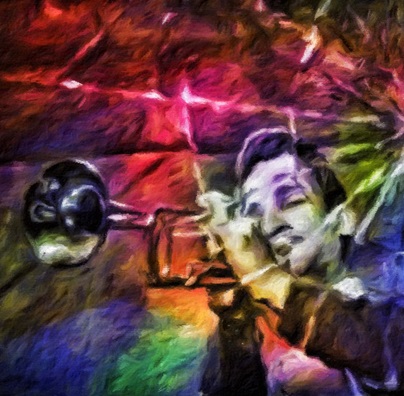

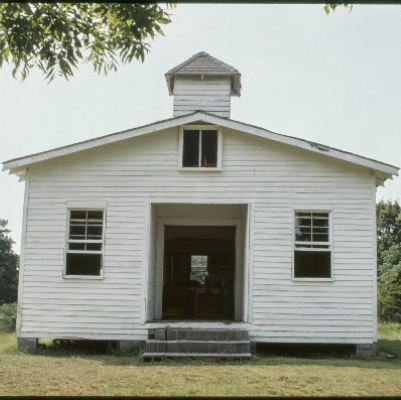
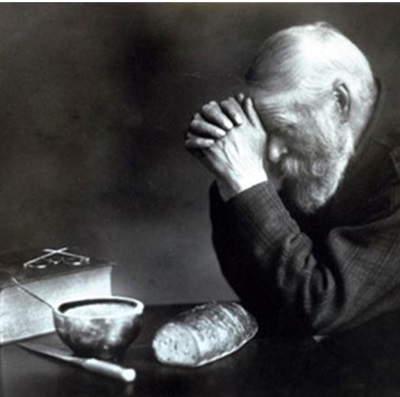

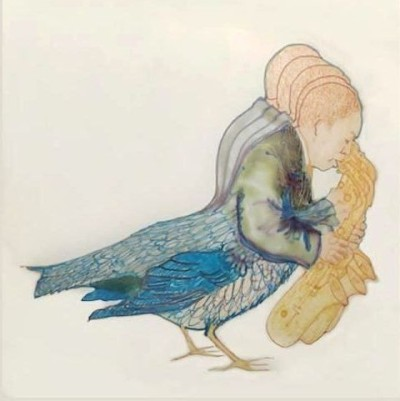
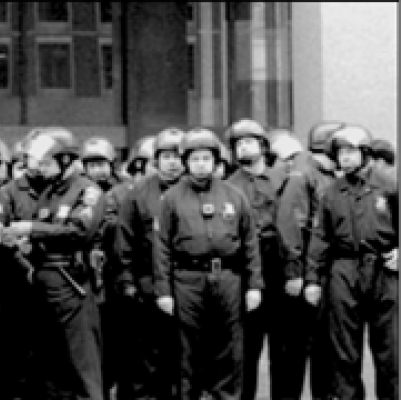

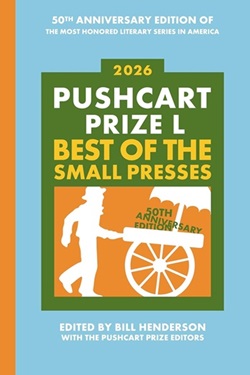

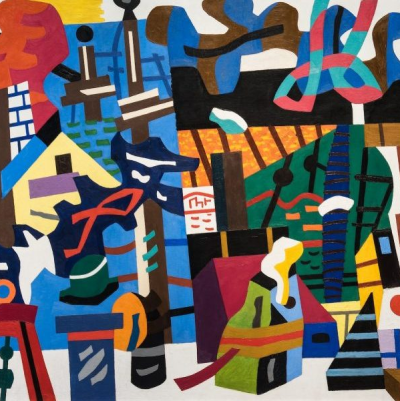
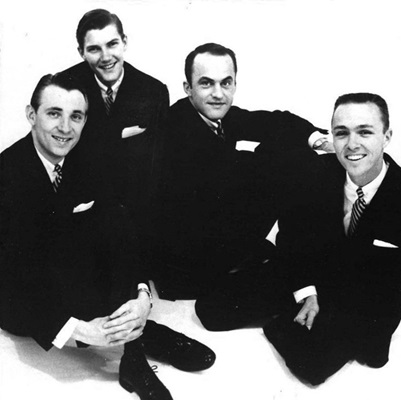


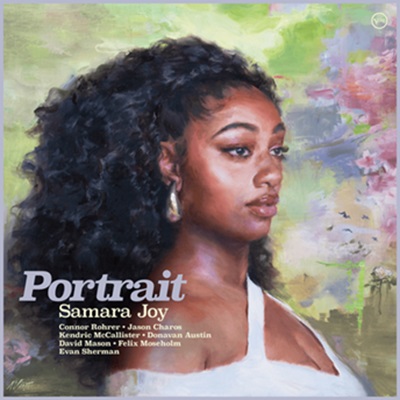




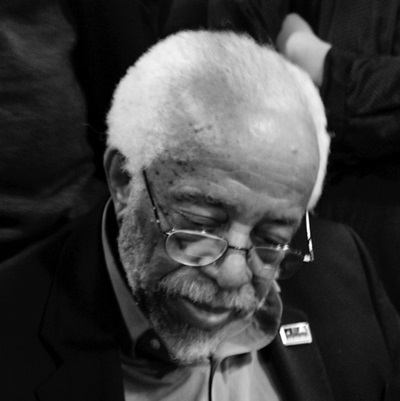


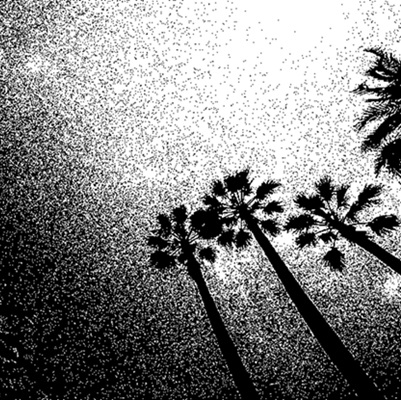
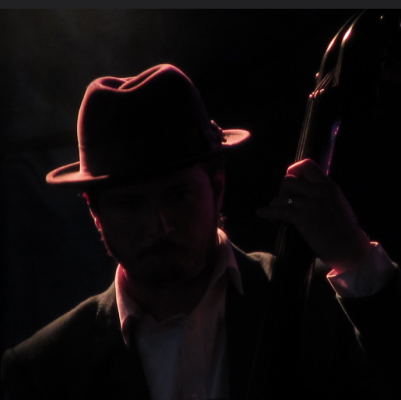














That’s crazy!!! I love them together on Kind of Blue and Milestones the single. My all time fav single is “So What” ‘trane is ridiculous on that song and Freddie Freeloader!